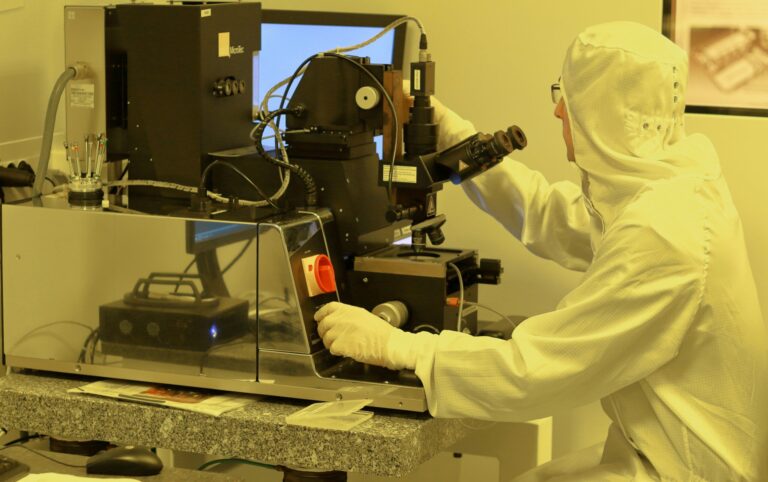Nanosetfld represents a significant leap forward in the field of nanotechnology. As researchers and engineers continue to push the boundaries of what is possible at the atomic and molecular levels, new terms like Nanosetfld emerge, describing advanced techniques and applications that were once thought to be the realm of science fiction. In this article, we’ll explore what Nanosetfld encompasses, its potential applications, the challenges it faces, and the future prospects of this intriguing new field.
Understanding Nanosetfld: The Basics
Nanosetfld, short for “Nanostructured Field”, refers to the manipulation and structuring of materials at the nanoscale to produce new properties and functionalities. This can include anything from creating more efficient solar cells to developing novel drug delivery systems. At its core, Nanosetfld involves controlling the arrangement of atoms and molecules to achieve desired outcomes, leveraging quantum effects and surface phenomena that only occur at this tiny scale.
Applications in Electronics and Computing
One of the most exciting applications of Nanosetfld is in the realm of electronics and computing. By designing materials at the nanoscale, scientists are able to create devices that are not only smaller but also more efficient and powerful than their conventional counterparts. For instance, transistors, the building blocks of all modern electronic devices, can be made significantly smaller and faster by applying Nanosetfld techniques. This could lead to the development of ultra-compact computers and even more sophisticated smartphones and wearable devices.
Breakthroughs in Medical Technologies
In the medical field, Nanosetfld holds promise for revolutionizing drug delivery and disease diagnosis. By engineering nanoparticles that can target specific cells or tissues, researchers aim to deliver drugs more efficiently, reducing side effects and improving efficacy. Additionally, nanosetfld could enable the development of highly sensitive diagnostic tools that can detect diseases at very early stages, potentially saving millions of lives through earlier intervention.
Energy Solutions and Environmental Impact
Nanosetfld also offers potential solutions for energy production and environmental protection. For example, nanostructured materials can significantly increase the efficiency of solar panels and batteries. This can lead to more sustainable energy sources that are both more effective and less harmful to the environment. Furthermore, nanosetfld techniques can be used to create materials that capture and convert carbon dioxide from the atmosphere, helping to combat climate change.
Challenges and Ethical Considerations
Despite its vast potential, Nanosetfld faces several challenges and ethical considerations. The manipulation of materials at the nanoscale can be incredibly complex and requires precise control, which is difficult and costly. Moreover, there are concerns about the long-term environmental and health impacts of widespread nanomaterial use. The unknown effects of nanoparticles, especially if they enter the human body or the ecosystem, pose significant ethical and safety questions that need to be addressed.
Future Prospects and Innovations
Looking ahead, the future of Nanosetfld is incredibly promising, with ongoing research likely to yield even more groundbreaking applications. Innovations in computational modeling and microscopy are making it easier to design and analyze nanostructures, paving the way for accelerated development in this field. As more investments are funneled into nanotechnology research, we can expect to see significant advancements that could reshape industries, improve quality of life, and open up entirely new markets.
Conclusion
Nanosetfld is a testament to the incredible progress of human ingenuity in technology. While still in its early stages, the exploration of nanostructured fields is poised to transform numerous sectors including computing, medicine, energy, and environmental science. As we continue to unlock the secrets of the nanoscale, the potential for innovation appears limitless. However, it is crucial to proceed with caution, ensuring that these technological advances benefit all of humanity while minimizing potential risks to health and the environment. As we step into this tiny, yet vast new world, the journey of discovery and application in Nanosetfld is just beginning.

